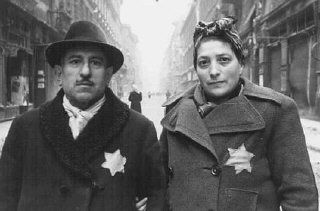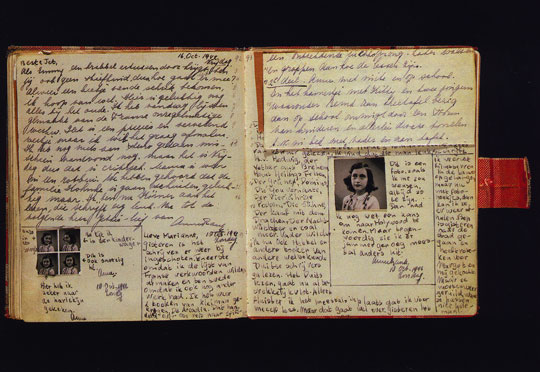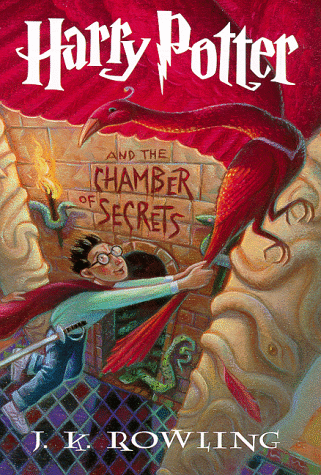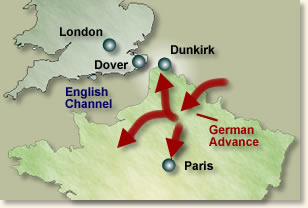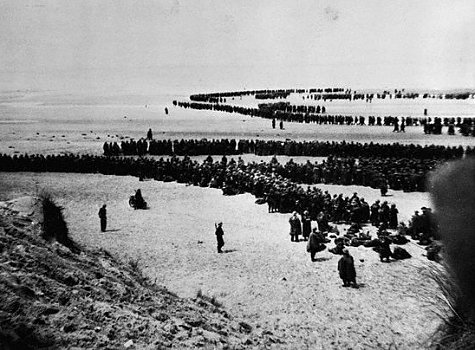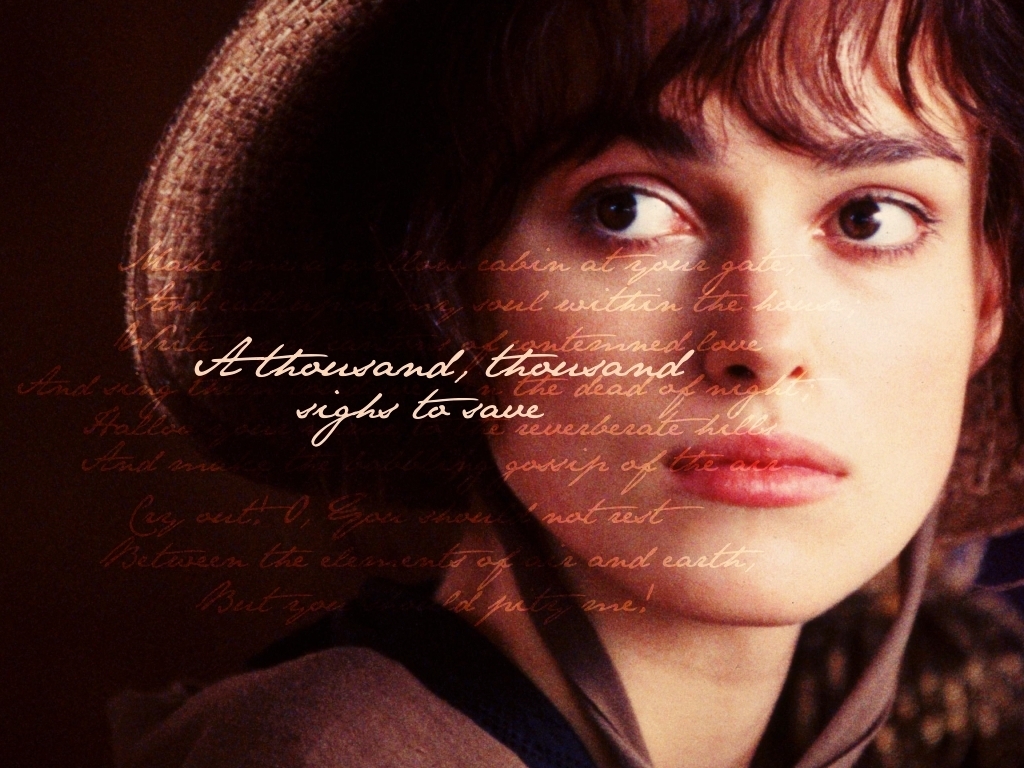It is a big
house with two floors where Leon Koves used to live. The owner of one of the
biggest tailoring in Eger, a city near Budapest. He is a happily married man to
Lucia, a young pretty lady with brown eyes, mid/fair skin tone and a long brown
hair. In the first floor were the living room, the kitchen and the hall, where
men talk politics and economy. Above were 3 bedrooms.
‘Are you
ready yet? The guests are about to arrive’. Said Lucia to her husband, who was
in the bathroom.
‘I just
can’t find the correct tie for the suit, have you seen it? The red one I wore
the other day.’
‘But
sweetheart, you use that one too much. It was so dirty, that I had to wash it.’
‘Ah! What a
bad luck… Okay don’t worry, I’m gonna use another one’.
Their
bedroom was spacious, with a big window in one wall, some flowers and candles
in littles table around, and a big bed.
Ding dong,
bell rang.
‘Leon, the guests are here, hurry up!’
‘I’m on my
way’. Said Leon coming down the stairs. First checking if everything is tidy,
then ready to open the door.
‘Welcome,
Antoniet and Bill. It’s a pleasure to have you here’. Says Leon while he leads
them to the dining hall.
‘The
pleasure is our Leon, thank you for the invitation to your nice house.’ Replies
Bill. ‘Hello Lucia. Wow, I see that your baby is growing!’
‘Thank you
Bill, it already has one month and a half. Time flies really fast.’
‘Lucia!’
Shouts very excited Antoniet, or maybe the echo of the vast house made it sound
louder.
‘Your belly has grown, have you planned any name for your baby yet?
‘Yes!’
Answers Lucia, eager to talk about it.
‘We will go
get the wine.’ Says Leon inviting Bill and segregating the two couples.
‘I really
like Jensi and Areska, Georg is pretty too.’ Answers Lucia to Antoniet. But in
the kitchen Bill and Leon are talking about the future.
‘How is the
cloth bussiness going?’
‘Better
than ever, I haven’t stop expanding and recieveng positive numbers since six
months ago.’
‘That great
man, and what will you do once this city gets just too small for you.’ Says
Bill while he uncorcks the wine.
‘Well
Billy, that is an issue that really scares me. But thinking seriously, I think
that I would have to move to the capital city.’ Says Leon a little nervous, not
a usual thing on him.
Ding Dong,
the bell rang again
‘Those
should be the Joels!’ Shouts Lucia. Leon goes with Lucia to receive them at the
door.
‘Good
Evening Martin and Mariska, how you doin?’ Says warmly Leon
‘Hello
Lucia and Leon, we are very glad to be here’ Answers Martin, giving them a
small box.
‘Oh! Thank
you for this present. Come on in, it is cold outside.’ Says Lucia inviting them
to come in.
‘Open it
Lucy, I can’t wait to see what is’
Lucia opens
the ornate box and gets a menorah out of it. At the same time Bill and Antoniet
enter the hall.
‘Hello
Martin and Mariska.’ They greet kindly, and when Bill sees the menorah, he
asks:
‘I’ve never
understood what are those for.’
‘It’s very
simple Billy.’ Answers him Martin’ At Christmas Eve, Jews place the Menorah,
seven days before the twenty-five. Every day you turn on one candle. And today,
twenty-three, we will turn on five candles.’
‘Oh, that’s
nice’
‘Now that
we are all here, lets go to eat.’ Says Leon.
They all go
to the dining room and start talking. The women talk about their families,
husbands and houses; and the men talk about politics and economy.
‘United
States is worse than ever, I wonder if they are ever going to recover.’ Says
Martin, who seems to be eating gladly the chicken.
‘I would
never go with my tailoring to that country; I don’t like the people there. Its
full of Puritans.’ Says Leon.
‘Yes it
is.’ Confirms Martin.
Bill
prefers to stay out of the conversation. And he changes the subject ‘You know
something that is really worrying me?’
‘What is it
Billy?’ Curiosly ask Martin.
‘It is the
new politcal party raising up in Germany right now.’
‘The
Nazis?’ Asks Leon
‘Yes Sr.
Have you been aware of their ideology and their propaganda? Their idea is to
get rid of the people they consider unuseful, like ills and mads.’
‘I didn’t
know that. But I don’t think they are a problem. No one would support those
proyects.’ Says Leon
‘Yes, I
wouldn’t consider it dangerous at all.’ Replies Martin.
‘I can’t
believe it, look how late it is. Time just flew by, its already eleven pm.’
Says Leon standing up.
‘Its true
Leon, my daughter is waiting for us, I’ll have to go right now. Antoniet lets
go. Thank you for everything Leon.’ Says Bill.
‘Goodbye
Bill I hope you have enjoyed the evening.’ Says Leon.
‘Goodbye
Leon, we had a wonderful time. Enjoy the menorah.’ Says Martin.
‘Goodbye
Martin, see you tomorrow.’
Rationale
I chose to
write a new beginning to Fatelessness. My idea is to show how jews lived in
harmony with different religions and mostly with their neighbors. Something
that is very hard to imagine now a days. The story is based on Leon Koves, the
father of Georg, and it takes places before Georg was born. I wanted the
characters to talk a lot and the narrator to talk just phew indications to lead
the characters, so I chose a witness narrator that says what he sees in present
tense.
The
audience of this text is most likley to be the new generation of Jews. They
just listen about the holocaust, and sometimes forget how it was before. My
purpose is to show a happy world for them, so they have hope for the future.
As I wanted
peace to reign, the language that I chose was informal, because characters have
the enough confidence with eachother to talk how ever they feel comfortable.
The
connection between the course and the story is in the chapter “Text and Context”.
For people that don’t know well what happened in the IIWW, a good way to
contextualize is by telling how it was before.
Finally,
the title “Forgotten Times” is because, under my point of view, when Nazis attacked
the Jews, every one by decades has judged them, until today. And I think that
no one can imagine how it would be if everyone treat normal Jews. But the
setting of my story shows that unimaginable world.

